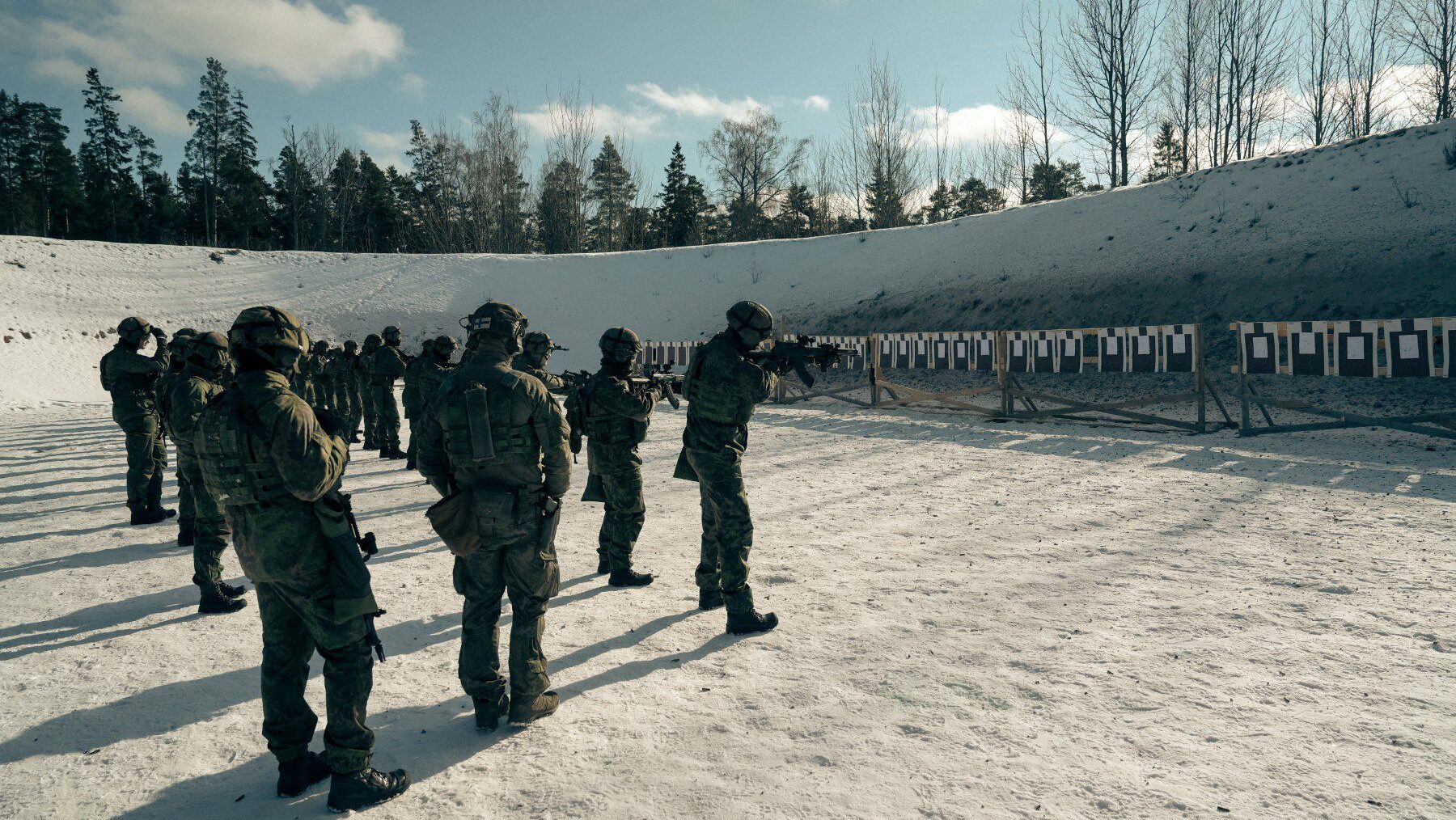Russia is building up the number of troops near the Finnish border as tensions grow along NATO’s eastern edge.
On Sunday, December 17th, Russian President Vladimir Putin gave an interview to state broadcaster Russia 1, warning that there will be “problems” with the now NATO-member Finland, just days after a major defense pact between Helsinki and Washington had been announced.
The Finnish-U.S. cooperation agreement, signed on Monday, December 18th, grants the U.S. armed forces broad access across the Nordic country, to 15 facilities and areas—including four airbases, a military port, and railway access to the entire 1300 km length of the Russian border.
From now on, the U.S. will be allowed to store military equipment and ammunition (except nuclear weaponry), as well as maintain a permanent military presence and hold regular exercises in Finland—intended to heighten readiness to respond to or deter any future conflict.
However, during his interview, Putin said all disputes, including territorial ones, had been already solved half a century ago with Finland.
“There were no problems [before], but now there will be, because we will now create the Leningrad military district there and definitely concentrate military units there,” President Putin said.
The Baltic nation of Estonia has also been updating its defense readiness, while recently holding a major military exercise on the strategically coveted Saaremaa Island, where local troops trained with newly dispatched French units.
Apart from the French, the rotating troops within NATO’s Enhanced Forward Presence in Estonia also include British, American, and even Icelandic military personnel.
In total, there are eight international battle groups within NATO’s Forward Presence program—one in each member state on the alliance’s external border—with U.S. troops being the only ones stationed in all of them.
The two southernmost countries of the eastern flank—Romania and Bulgaria—also hold special strategic importance for having direct access to the Black Sea and therefore are the closest NATO countries to the southern Ukrainian theater and Crimea.
Romania recently inaugurated a new airbase— just 70 km from the Black Sea and some 110 km from the Ukrainian border—which has been constructed specifically to host the training of Ukrainian pilots on F-16 fighter jets. Moscow replied by threatening Bucharest, saying that if any jets were to enter Ukraine from Romanian airspace, the country would be regarded as an active participant in the conflict.
Bulgaria, meanwhile, is in the midst of controversy after President Putin’s comments during his annual marathon press conference last Friday. Talking about the Russo-Turkish War and the Treaty of San Stefano in 1878, Putin remarked that the entire Black Sea coast was at one point under Russian control—even if just for a few months until the Treaty of Berlin revised the borders in the same year.
For Sofia—which just destroyed one of the last symbols of its Soviet-dominated communist past—this sounds more like a threat of resurgent imperialism than your usual history lesson.
“We must take such statements seriously, because, if previously they sounded just like words, since recently they look like a plan for action, so indeed, we need to be very careful,” Bulgarian PM Nikolay Denkov commented while in Brussels for last week’s EU Council Summit.
“We need to look carefully [at] what Russia’s next steps will be and make sure we are ready for them,” Denkov continued, explaining that he initiated deeper NATO integration, ongoing modernization programs, and increased joint exercises within the country. “We need to be ready in case, God forbid, something happens,” he added.






